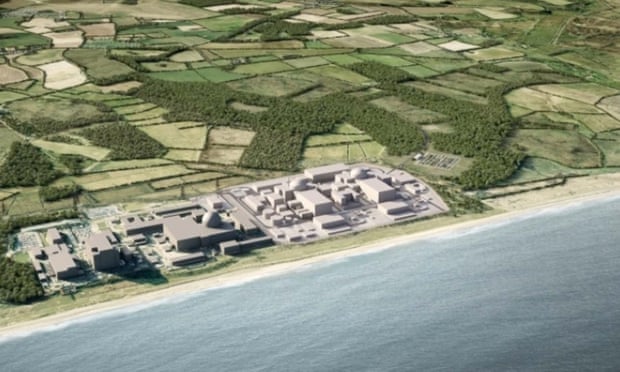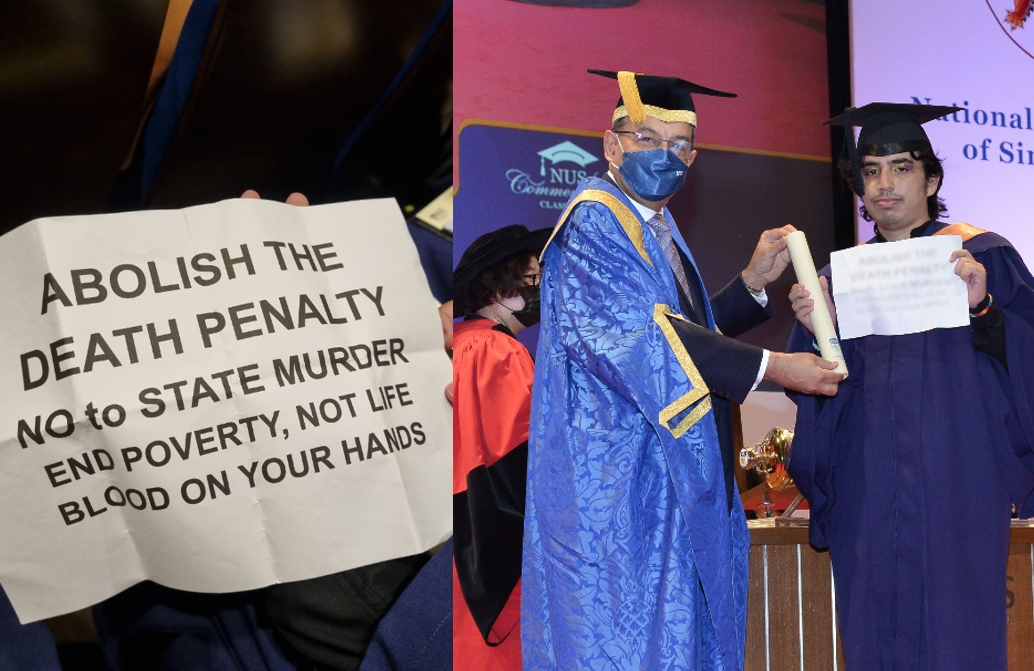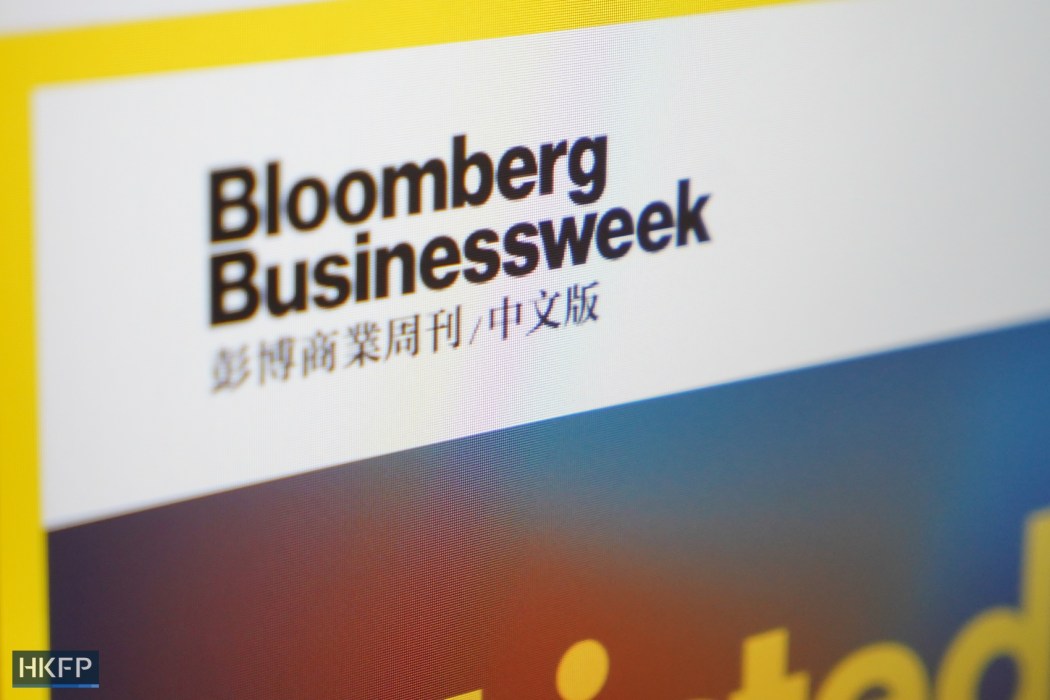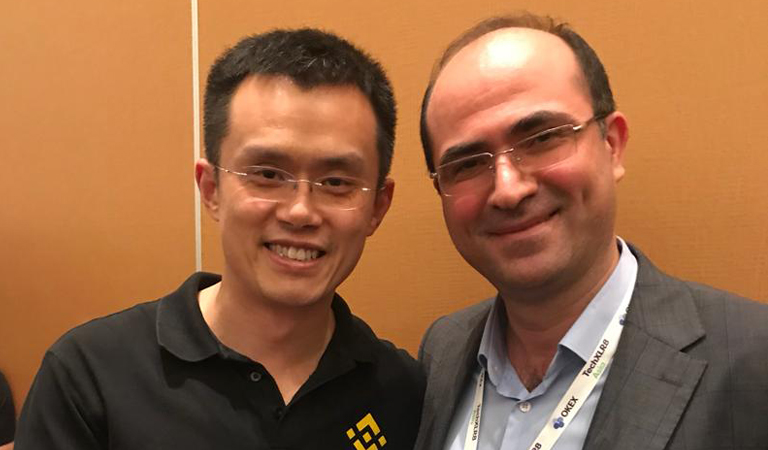A new nuclear power station needs a vast supply of water. But where will Sizewell C get it from?
Plans for the site have got the go-ahead. The knock-on effect for Suffolk’s rivers and seawater will soon be clear

William Atkins
Wed 27 Jul 2022
Last week, the government gave the go-ahead for a new nuclear power station to be developed on the Suffolk coast. Providing low-carbon electricity for about 6m homes, Sizewell C will stand alongside two existing stations, Sizewell B and the decommissioned Sizewell A. I live close enough to see the 60-metre tall, white dome of Sizewell B almost every day. When I want to torture myself, I look at developer EDF’s “construction phase visualisations” of the 1,380-acre building site, with its towering spoil heaps and forest of cranes, and wonder if this is what it will take to save the planet.
What might not have been immediately obvious in the coverage of the government’s decision was that the Planning Inspectorate, tasked with assessing such projects, had recommended that permission be refused. The problem, the examiners explained, was fairly simple: EDF couldn’t say exactly where it would obtain one of the main substances needed to make a nuclear power station work, that substance being water.
As well as uranium, a reactor of the kind EDF plans to build needs water in very great volumes. Saltwater will do for part of the process, which is one reason why nuclear power stations are usually built beside the sea. But fresh or “potable” water will also be needed – first, to cool the two reactors, and then, just as importantly, to cool the irradiated fuel once it has been removed from the reactors. For this, absolutely pure water is essential. Sizewell B uses about 800,000 litres of potable water per day; Sizewell C, with its twin reactors, will need more than 2m litres per day, and as much as 3.5m litres per day during construction.
Last September, during the closing hearings of the six-month public planning examination, the question of just where the developer was going to get the water to run Sizewell C, let alone build it, was becoming urgent. Those who had raised concerns about precisely this issue more than 10 years earlier would have been forgiven for feeling frustrated. As one of the driest parts of the country, Suffolk is described by the Environment Agency as “seriously water stressed”. By 2043, eight years into Sizewell C’s 60-year operating life, the agency anticipates a water deficit in the county of more than 7m litres a day. Northumbrian Water, which operates locally as Essex and Suffolk Water, had made it clear to EDF that there was not enough local groundwater for either construction or operation. EDF’s plan, therefore, was to build a pipeline to bring water from the River Waveney, 18 miles away on the Norfolk border. During at least the first two years of construction, while the pipeline was being built, EDF planned to install a temporary desalination plant on the site to turn saltwater from the sea into fresh.
Then, in August, the water company broke the news that its abstraction licenses dictating how much water it could extract from the Waveney, granted by the Environment Agency, were likely to be reduced by up to 60% to safeguard downstream levels. It subsequently confirmed that the Waveney did not, after all, have the capacity to supply water for for any of the 10-year construction phase.
Desalination, opponents of the project noted, was a solution EDF itself had discounted in January 2021 “due to concerns with power consumption, sustainability, cost and wastewater discharge”. And yet, desalination, with all the problems it had set out (including discharging millions of litres a day of saline concentrate and phosphorus into the North Sea), remains EDF’s “fallback” solution for running the station, as well as building it, if another source can’t be found. Northumbrian Water has since confirmed that: “Existing water resources (including the River Waveney) will not be sufficient to meet forecast mains water demand, including the operational demand of Sizewell C.”
For his part, the secretary of state, Kwasi Kwarteng, has a “reasonable level of certainty” that 2m litres of water a day will be found from elsewhere by the time the reactors are ready to be switched on. Perhaps, as Northumbrian Water has suggested, by piping it in from Essex (though Essex isn’t overburdened with water); or by reducing household wastage; or by reusing effluent. It will be for the Environment Agency, the Water Services Regulation Authority, Natural England and the Office for Nuclear Regulation to ensure that everything is done properly at such time as a water source – some kind of source – is settled upon.
The more I look at those mock-ups of the building site, the more they seem like a metaphor for another kind of despoilment. Given the government’s stated intention to build a fleet of new nuclear power stations across the country, it’s not just people who live in Suffolk who have reason to wonder what the secretary of state’s decision to wash his hands of Sizewell C’s water problem says about the resilience of the systems we entrust with safeguarding our environment. Still, the foundations will be laid, I suppose, and the cranes will rise, and after 10 years and £20bn (by EDF’s reckoning), Sizewell C will be built. And when the time comes for its reactors to go critical, there will be water, because if there isn’t, Suffolk will have a new tourist attraction to rival Framlingham Castle: the most expensive white elephant in human history.
What this fait accompli means for Suffolk’s rivers and seawater, let alone for the county’s householders and farmers, are not questions that will be answered before building begins. It’s enlightening, in this context, to consider that the past six months have been the driest in Suffolk for more than a quarter of a century, and the driest in England since 1976.
“The secretary of state disagrees with the examining authority’s conclusions on this matter,” Wednesday’s decision letter states, “and considers that the uncertainty over the permanent water supply strategy is not a barrier to granting consent to the proposed development.” During last year’s planning hearings, two stories kept coming back to me: the biblical account of Moses in the desert, making water gush from a rock by striking it with his staff; and the Brothers Grimm tale in which a giant clasps a stone in his fist, and crushes it until, finally, water is forced out.
William Atkins is the author of The Immeasurable World: Journeys in Desert Places and The Moor















